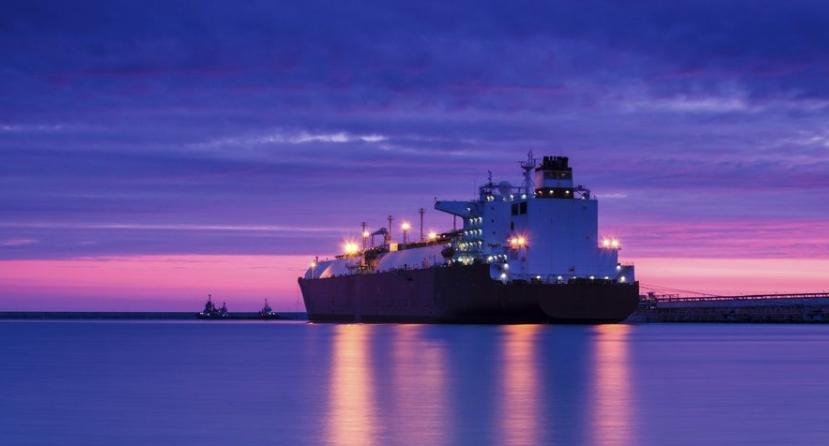According to United States government data, carbon dioxide emissions from U.S. liquefied natural gas (LNG) facilities have soared to 18 million tons annually, marking an 81% increase since 2019. This surge in emissions equals the output of several large coal plants.
With soaring overseas demand, emissions are projected to more than double to 45 million tons by the decade’s end, as new facilities commence operations, based on company forecasts submitted to the U.S. Environmental Protection Agency and the Federal Energy Regulatory Commission.
The Biden Administration’s Energy Dilemma
These emission statistics and future estimates, previously unreported, pose a dilemma for the Biden administration, which aims to bolster fuel exports to European allies while curbing domestic greenhouse gas emissions to combat climate change.
The administration, in response to invasion of Ukraine and subsequent sanctions, has issued five LNG export licenses to aid Europe, despite having issued none before the conflict. While the White House has not commented on the emissions rise from the LNG sector, the Energy Department emphasizes its commitment to reducing carbon dioxide emissions from LNG terminals among other initiatives.
Projected Increases and Climate Concerns
All seven operational U.S. LNG export facilities produced a combined total of 17.6 million tons of CO2 in 2022, which is an 81% jump from 2019. With five projects under construction slated for completion by 2028, the emissions are expected to surge by an additional 27 million tons annually.
This means by the end of the decade, emissions could exceed 45 million tons per year, equating to about 2.5% of the current carbon emissions from the U.S. power sector. Plans for carbon capture and sequestration (CCS) to mitigate these emissions have been shelved by LNG exporters, raising questions about the feasibility of CCS as a large-scale climate solution.
Debate Over LNG as a ‘Cleaner’ Energy Source
Since becoming an LNG exporter in 2016, the U.S. has rapidly increased its overseas shipments, particularly to Europe, becoming the world’s largest exporter in the process. LNG advocates like Robert Fee of Cheniere Energy argue for the fuel’s cleaner-burning properties compared to coal.
Critics, however, such as Alexandra Shaykevich of the Environmental Integrity Project, point out that it’s uncertain whether U.S. gas exports are actually reducing coal use abroad or hindering the shift to renewable energy sources.
Uncertainty Over Carbon Capture Projects
Several LNG companies, including Freeport LNG, Sempra, and Venture Global, have announced carbon capture initiatives to mitigate emissions, but recent developments cast doubt on these plans. Freeport’s CCS project, expected to start by 2024, has no future plans for development as revealed in a recent SEC disclosure.
Sempra’s CCS venture also hangs in the balance, awaiting commitments from partners. NextDecade Corp has ambitious goals for its proposed terminal in Texas, but admits the project’s financial viability remains uncertain. These developments highlight the challenges in balancing energy export growth with environmental responsibilities.



